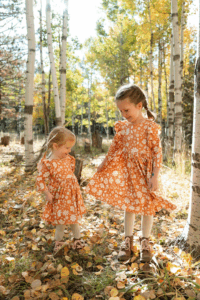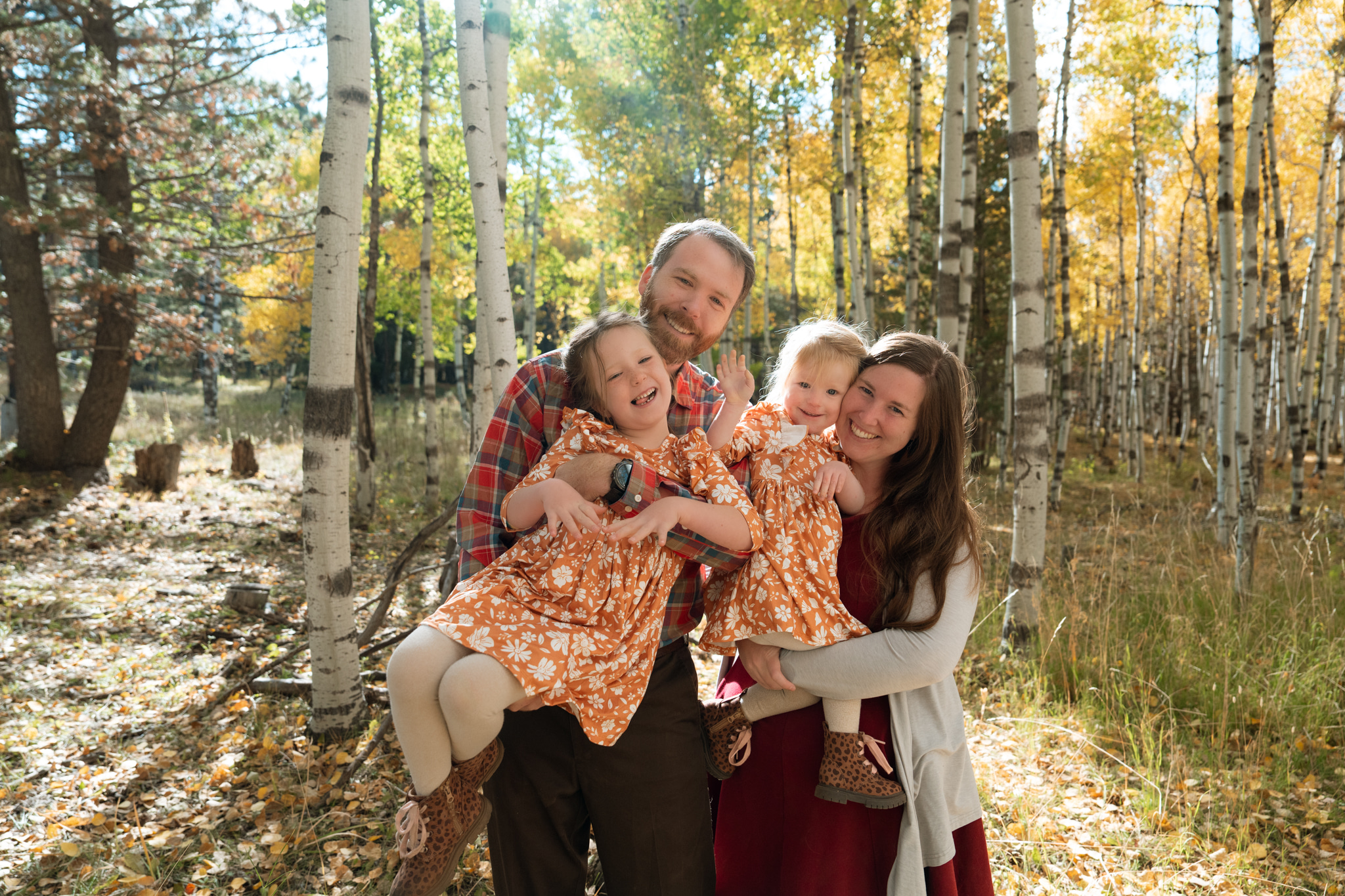When Danika’s oldest daughter was 18 months old, she took the standard M-CHAT screening, which stands for Modified Checklist for Autism in Toddlers, and assesses the risk of autism spectrum disorder in toddlers aged 16 to 30 months. Her results showed no cause for concern. At 24 months, the results were the same. The family knew autism was in their genetics, but at the time, they thought that conversation was over.
Looking back, Danika can see the earliest signs were there from the very beginning. Within three days of her daughter’s life, breastfeeding challenges sent them to the ER. She was treated for a tongue tie, and subtle communication differences showed up early. At two years old, she began to display motor and social differences — withdrawing from her classroom peers and struggling to nap in an unfamiliar environment. But it wasn’t until she was four-and-a-half that she received her autism diagnosis.
That moment was validating. “She had never not been autistic,” Danika says. “The diagnosis didn’t change how I felt about her, but it helped me understand her challenges in a whole new way.”
Discovering SARRC
Danika first heard about SARRC while working in a pediatrician’s office. A guest speaker talked about the nonprofit’s JumpStart program, which offers one-on-one support for families preparing for or navigating a new autism diagnosis. She signed up immediately.
Her JumpStart facilitator was, in her words, “so friendly, so approachable, and it felt like she just got us.” Even though the program was delivered virtually — often a necessity in areas like Flagstaff — Danika felt seen, supported, and understood. “It was so well organized, at just the right pace,” she says. “They gave us resources, helped us connect with other families, and answered the questions we didn’t even know to ask yet.”
Funded by a Tribal grant, JumpStart’s reach into rural communities like hers was a lifeline. Still, Danika knows that in-person support would be even more powerful. “Telehealth is great, but you can’t see my foot bouncing under the table. There are subtle things you miss when you’re not in the same room.”
Challenges in Northern Arizona
In Flagstaff and other parts of Northern Arizona, resources for autistic children and  their families are scarce — and often fleeting. “Programs pop up and then disappear,” Danika explains. “Every family meets their diagnosis at a different stage and needs different things at different times. Having one consistent place to go would be invaluable.”
their families are scarce — and often fleeting. “Programs pop up and then disappear,” Danika explains. “Every family meets their diagnosis at a different stage and needs different things at different times. Having one consistent place to go would be invaluable.”
She’s also seen firsthand how educational support can vary dramatically. Her daughter’s school questioned whether autism was impacting her in the classroom, despite a formal diagnosis. “It felt invalidating,” she says. “The diagnostic process had been so affirming, but the school didn’t see what we saw.” Navigating those conversations without a local network of expert guidance made the process harder than it needed to be.
Bringing Help Closer to Home
For Danika, SARRC opening a Northern Arizona location would be transformative. “A center with doors open, where you can just walk in and ask a question, would make such a difference,” she says. “It’s about having that real-life human who can say, ‘I get it, and here’s what comes next.’”
She imagines parents dropping in to connect with others, to learn what questions to ask before kindergarten, to feel less alone. “In-person support changes everything,” she says. “It’s about serving the whole person, and you can’t do that as fully without being face-to-face.”
A Message to Other Families
Danika wants other parents to know they’re not alone. “If you’re asking yourself, ‘Am I a good parent?’ — you already are,” she says. “Your care and curiosity are the most important tools you have. And when someone tells you, ‘That question is normal. It’s okay,’ it can make all the difference.”
For families in Northern Arizona, SARRC’s expansion would mean more than services — it would mean connection, understanding, and hope. “Diagnosis is the key that opens the door,” Danika says. “SARRC gives you a plan for what’s on the other side.”

